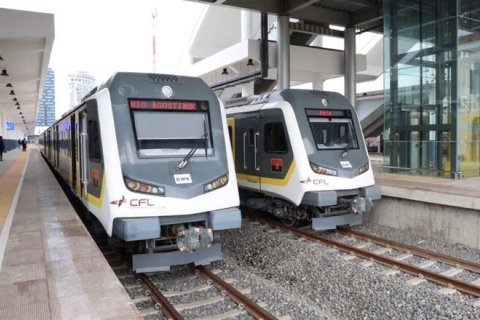According to a brief statement from the government of the province of Luanda (GPL), to which VerAngola had access, João Lourenço traveled, this Tuesday morning, to the commune of Bom Jesus to verify "in loco" the level of execution of the works of the Quilonga Grande project.
In the note, GPL highlights that the "completion of the Bita and Quilonga Grande projects will double the number of inhabitants in the province of Luanda with access to running water".
At the end of the visit, the President addressed a few words to the press. On the occasion, he clarified that the project he visited this Tuesday will serve approximately five million people, while the Bita project will benefit more than two million inhabitants, in addition to the three million who already have access to drinking water in Luanda.
João Lourenço considered that the change from three to 10 million is really significant, representing a considerable advance.
Although it will still take a considerable amount of time, until 2027, the President of the Republic said that the actions are currently focused on progressively increasing the supply, with the support of a third project, called UGP, which will begin at the end of the year, writes Angop.
On the occasion, he also left a word of comfort and encouragement for those who still do not have access to water in their homes that over the next two years the number of people benefiting will gradually increase.
"This is an obligation of the Executive, Luanda is between two large rivers, the Cuanza and the Bengo, and it is incomprehensible that such a large number of citizens do not have water", he pointed out, quoted by Angop.
Regarding housing in the course of the projects, the head of state explained that owners must be notified to proceed with the removal of illegal constructions or the State will carry out this task for them.
He also recalled that this was done in relation to the new airport, since, without this, the airport infrastructure would not be certified, emphasizing the need to protect the public interest and defend the will of the majority over the minority, adding that the constructions must be permitted and carried out in suitable locations, since city directory plans are not created without reason.














